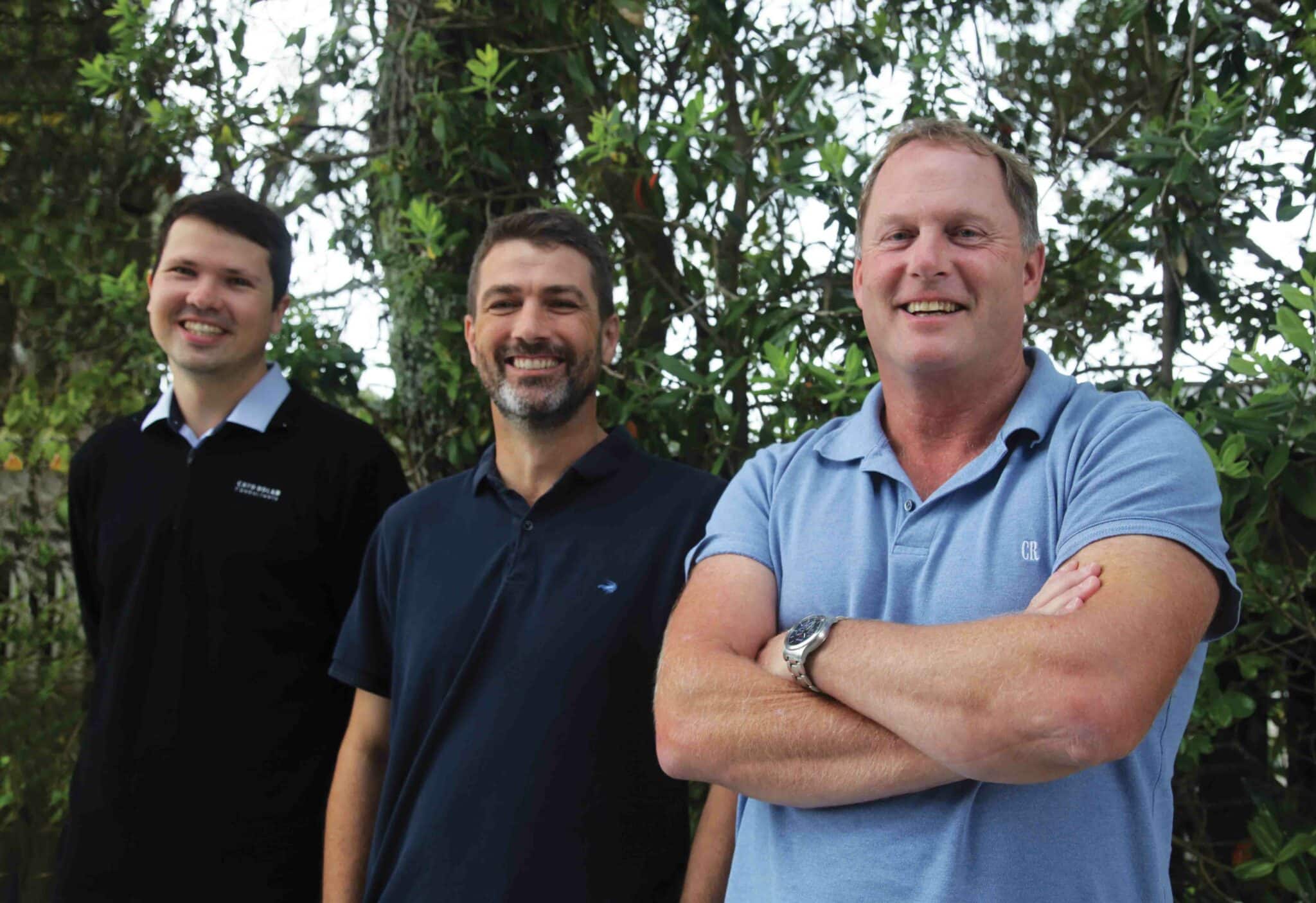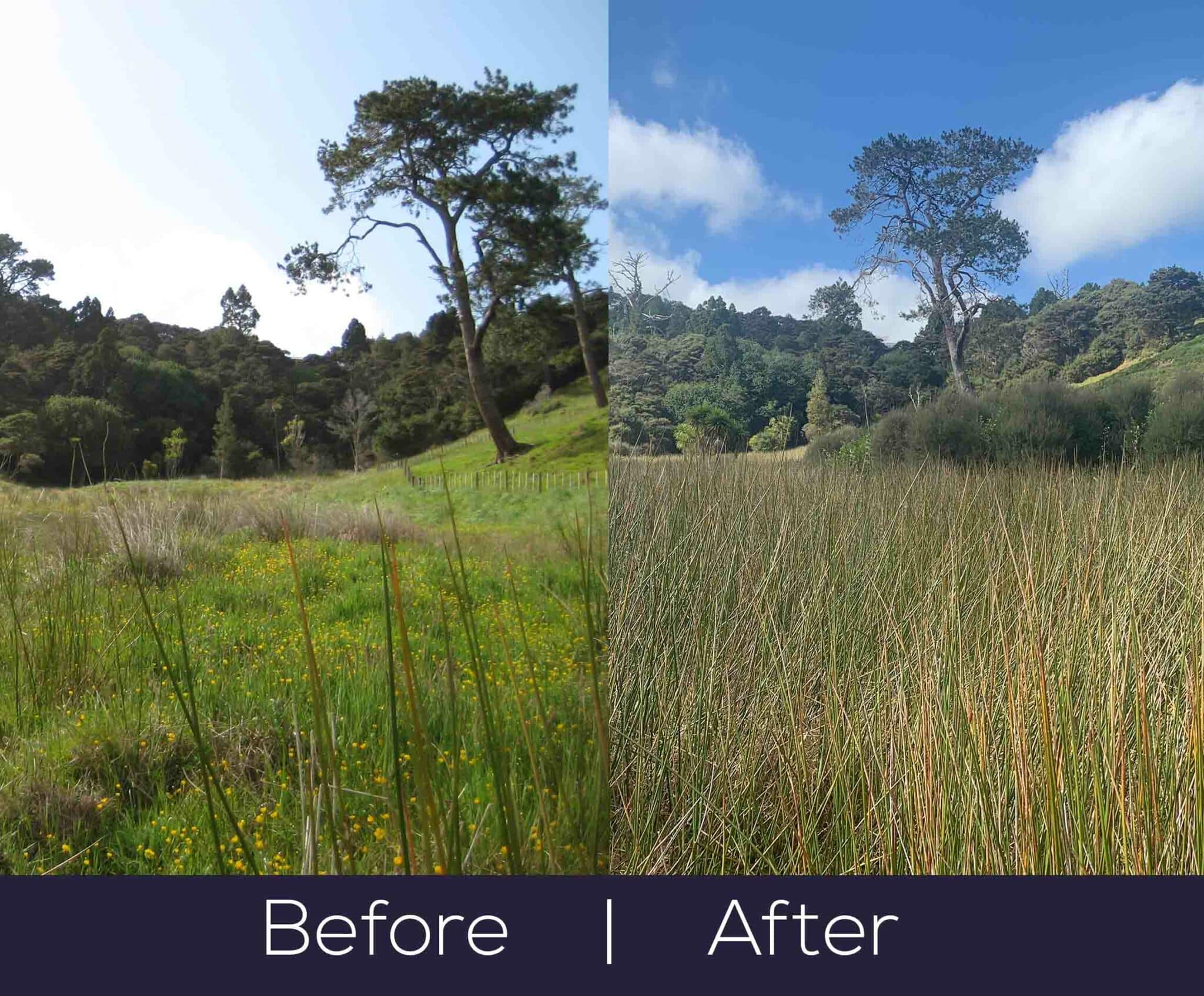We sit down with our Ecologists Myles Goodwin, Joshua Wium, and Tristan McArley to talk about the many benefits of enhancement-based subdivision.
In New Zealand, the loss of wetlands has been staggering, with over 90% drained and cleared throughout history. Thankfully, the tide is changing, and today, restoring these vital ecosystems has the potential to deliver both environmental and land development benefits.
Meet our Ecologists
Myles Goodwin, Joshua Wium and Tristan McArley are the powerhouses behind our ecological solutions for enhancement-based land development.
What are the benefits of restoring wetlands?
Myles: “One of the primary advantages of enhancing and safeguarding wetlands is their ability to mitigate flooding. By acting as natural sponges, wetlands absorb water and release it slowly, reducing the risk of floods.”
Tristan: “They also play a crucial role in purifying water by trapping harmful runoff and contaminants within their soils, promoting cleaner waterways. Moreover, wetlands serve as sanctuaries for numerous native bird species, many of which are highly threatened.”

Joshua: “For those looking to subdivide their property – environmental enhanced subdivision involves protecting a minimum of 0.5 hectares of wetland area and meeting the Council’s Significant Ecological Area (SEA) criteria for wetland preservation. Even degraded wetlands that might look like pasture can be revitalised.”
What steps would a landowner need to take?
Myles: “The process typically involves planting and protecting native species and maintaining them for 2-4 years until they establish and thrive. Once restored, the wetland’s ecological value becomes the basis for subdivision. Crucially, all wetlands on the property must be covenanted, including buffer zones, during the subdivision process.”
Joshua: “Property owners can pursue in-situ subdivisions or sell transferable titles. For the quickest results, we recommend planting around 5,000 native plants over 0.5 hectares. However, even small-scale plantings can deliver the desired results over time if there are budget constraints.”
Tristan: “Identifying wetlands may be challenging, but as a guide, if the soil remains wet or saturated for over eight months annually, it is likely to be a wetland.”

Now is the time to organise your wetland planting.
With the wetland planting season approaching, now is the perfect time to explore wetland enhancement opportunities for your property.
Reach out to learn more about how you can contribute to environmental restoration while unlocking the potential of your land.
Free call our team on 0800 2 CATOBOLAM.
Read more about our Ecology services here

